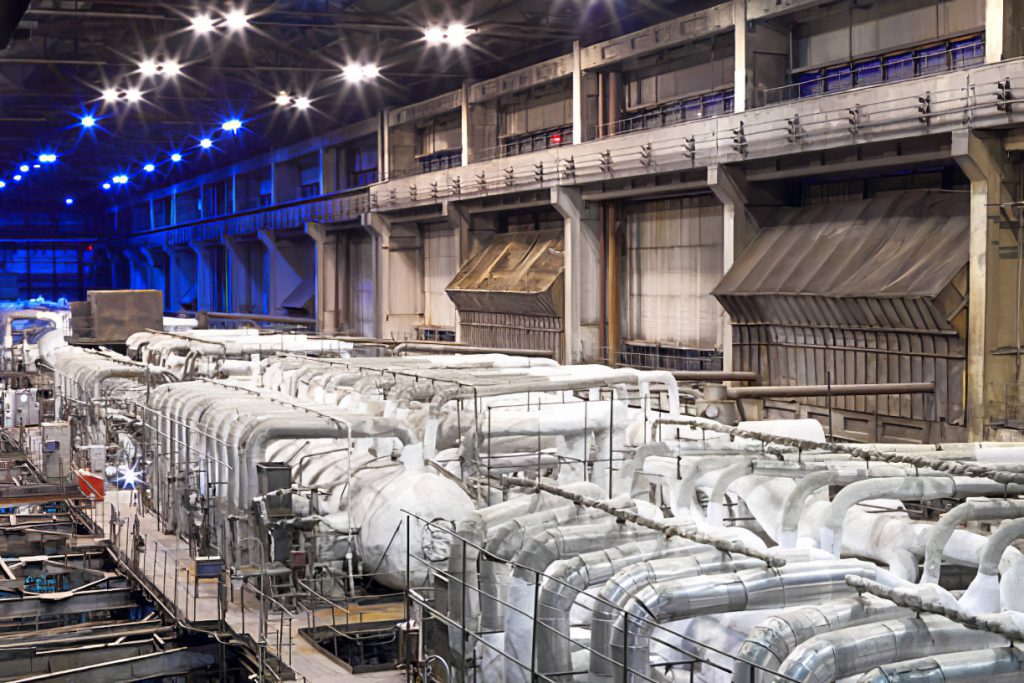Hydrogen production to double by 2030

Santa Clara, California – Frost & Sullivan’s recent analysis, Growth Opportunities in the Hydrogen Market for the Global Power Sector, finds that there has been a growing interest in hydrogen as a low- or zero-carbon energy. Countries across the world have started to consider a hydrogen-based economy as the answer to the growing concerns over increasing carbon emissions, energy security, and climate change. Global hydrogen production is forecast to more than double, reaching 168 million tons by 2030 from 71 million tons in 2020, with revenue expected to reach $420 billion in 2030 from $177.3 billion in 2020.
“For the hydrogen economy to become a reality, decisive government actions are required in four key areas,” said Swagath Navin Manohar, Industry Analyst, Industrial Practice at Frost & Sullivan. “Support R&D activities related to technologies involved in the production, storage, transport, and utilization of hydrogen and provide incentives to companies for developing the hydrogen and carbon capture utilization and storage infrastructure. A roadmap towards a hydrogen economy needs to be developed, which addresses the socio-economic barriers inhibiting growth of the technology and mandating policies towards decarbonization.”
Manohar added: “While the cost of establishing a hydrogen economy will be high, the promises associated with hydrogen – as an important tool in catalyzing the transition towards sustainable energy economy – are huge. Although the current application of hydrogen is mainly in the industrial sector, it could be used as a fuel across the mobility, maritime and aviation sectors, and as an energy storage system across the power generation sector.”
Growth opportunities for market participants will vary considerably, depending on the region.
Australia: With abundant renewable energy resources and natural gas reserves, the country could efficiently utilize these attributes to become and remain a substantial player in the hydrogen value chain.
China: China has accelerated development of hydrogen-based technologies and hydrogen infrastructure in recent years after recognizing the importance of hydrogen in its transition from a carbon-based to a hydrogen-based economy.
France: Under the new “The Hydrogen Plan”, France aims to reach 10% zero-carbon hydrogen adoption for industrial applications by 2023 and 40% by 2028.
Germany: Germany is a global leader in the development of hydrogen and fuel cell technologies. A majority of the focus on hydrogen technologies, public and private R&D, pilot and demonstration projects is towards strengthening the country’s automotive industry.
India: Despite enormous potential and abundant renewable energy resources and coal reserves, India is still in its early stages in the adoption of hydrogen technology.
Japan: Japan is heavily investing (through public funding) in R&D related to production, storage, and development of the hydrogen infrastructure for import and utilization across various areas.
United Kingdom: In order to meet its net zero-carbon target by 2050, the country should capitalize on its economic growth and abundant renewable energy resources capacity and scale its hydrogen technology solutions and infrastructure.
USA: The country is also likely to become the largest exporter of hydrogen and developer of hydrogen infrastructure across LATAM, Africa and Southeast Asia.
For six decades, Frost & Sullivan has been renowned for its role in helping investors, corporate leaders and governments navigate economic changes and identify disruptive technologies, Mega Trends, new business models and companies to action.
